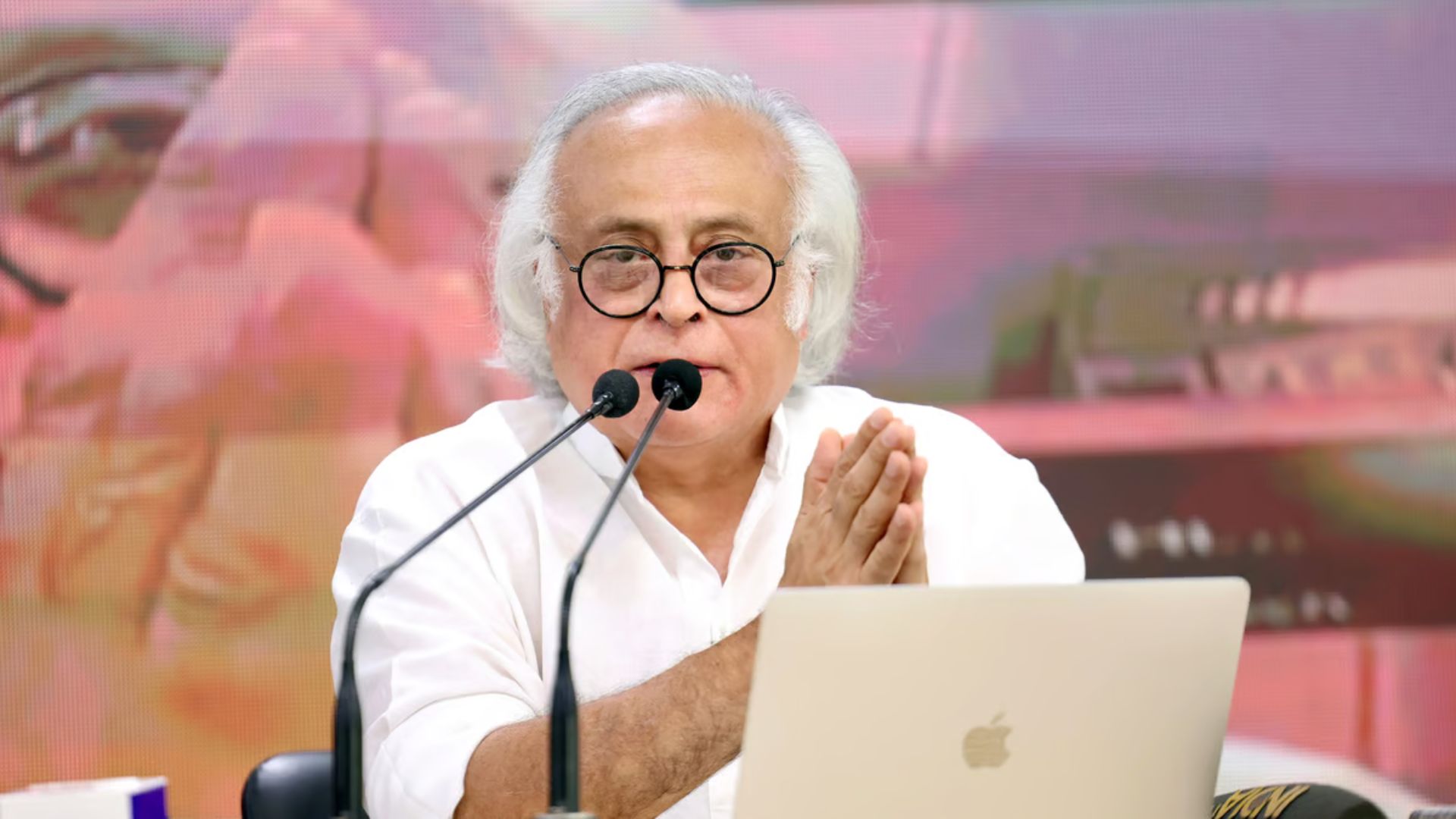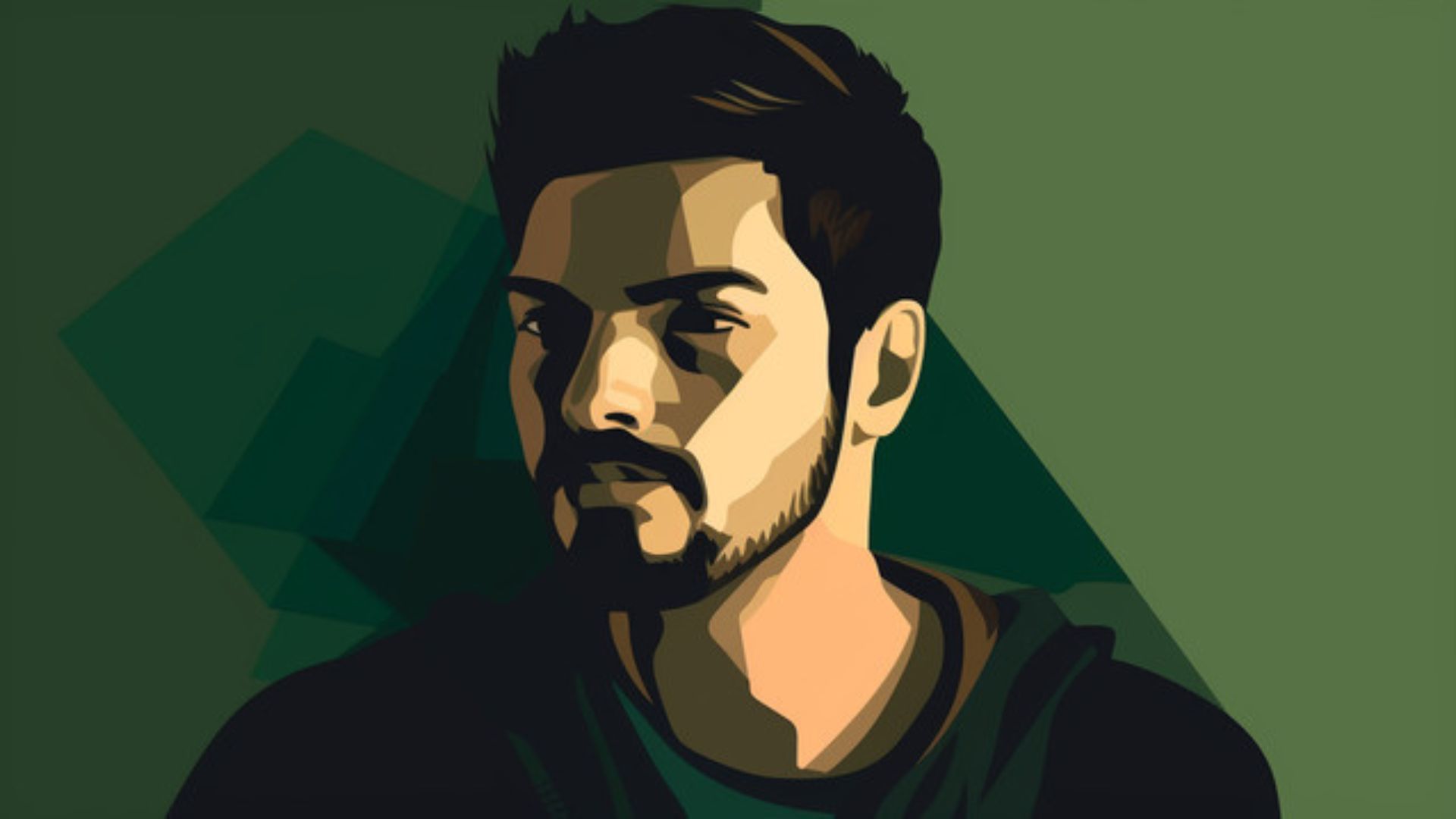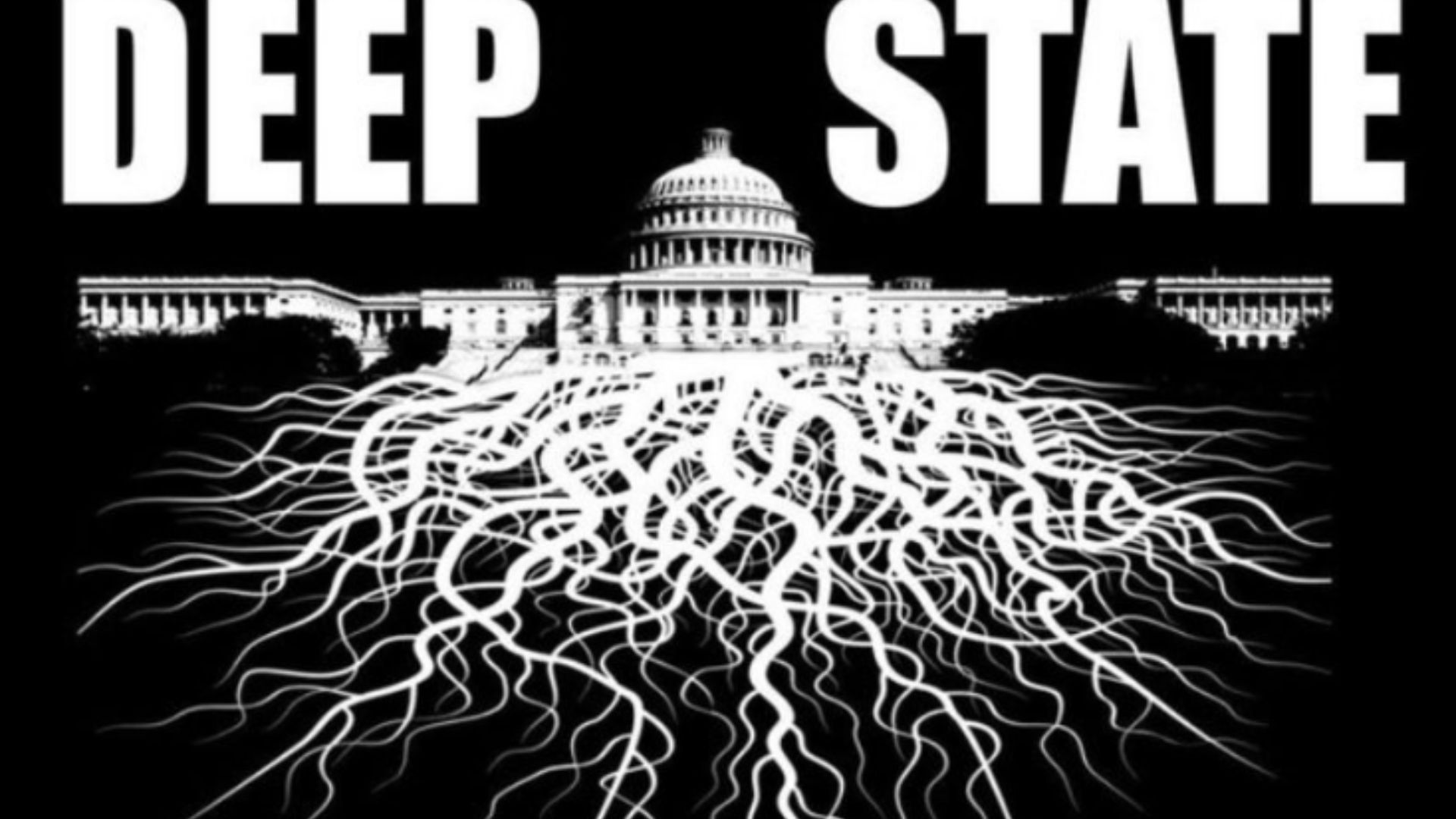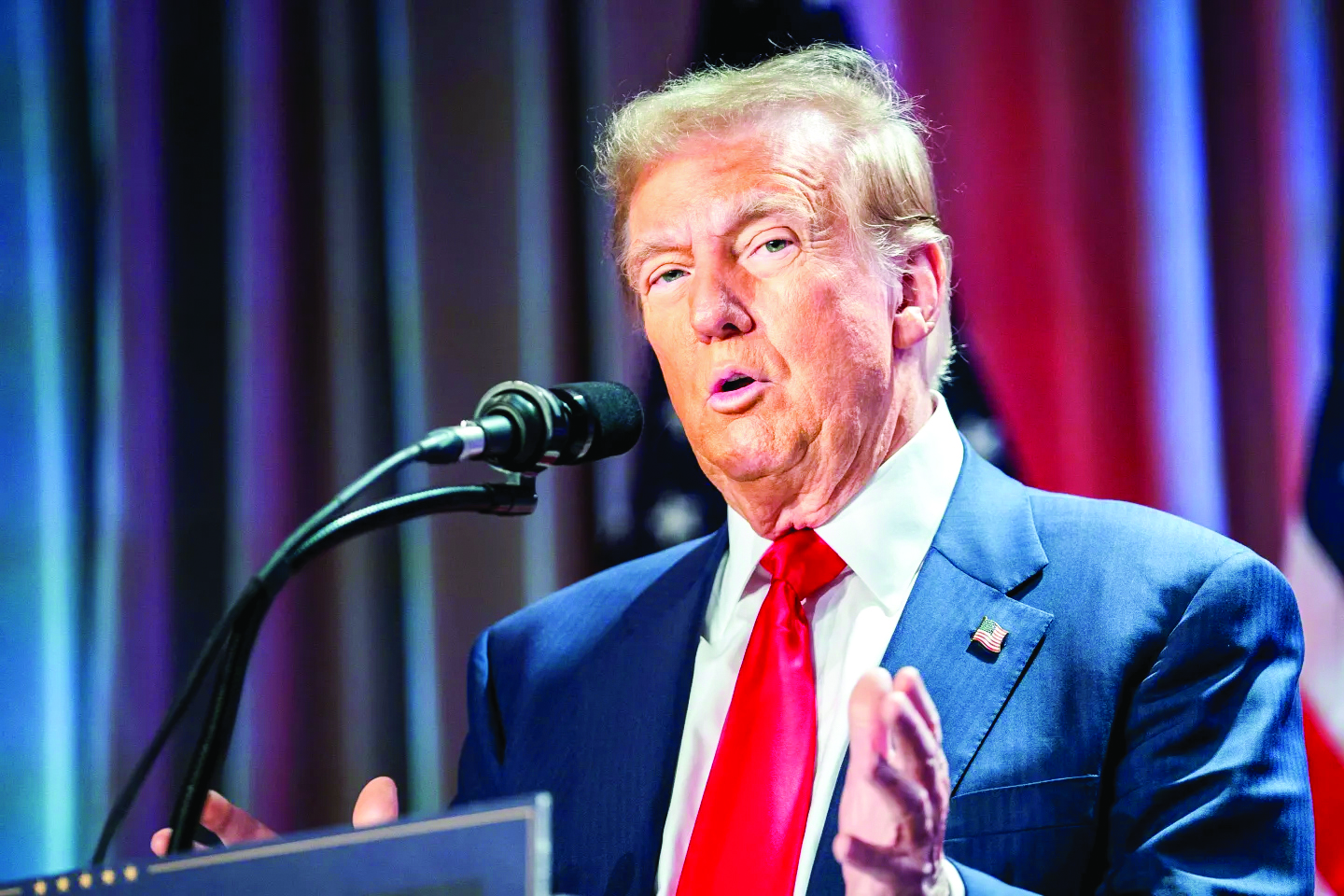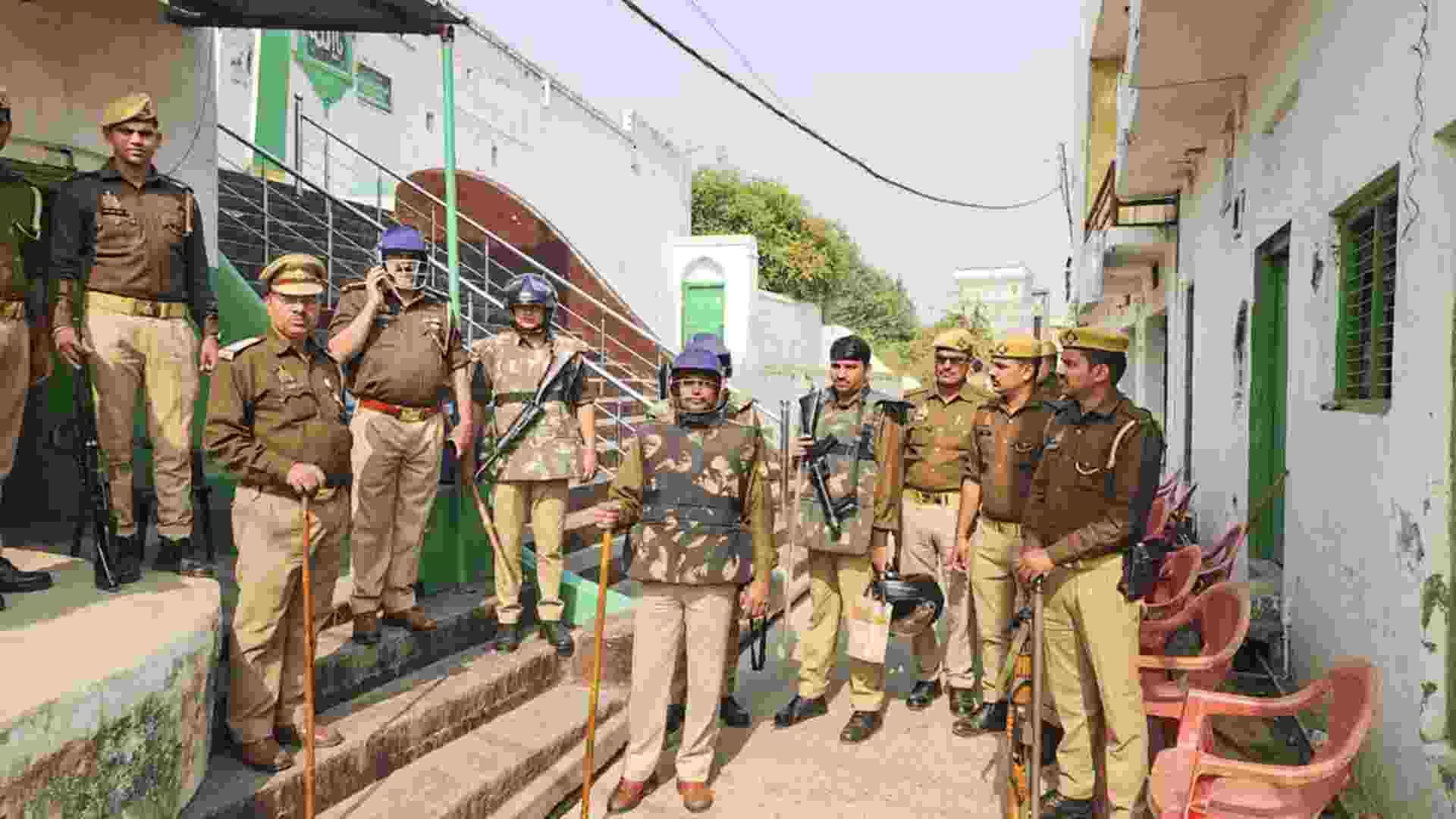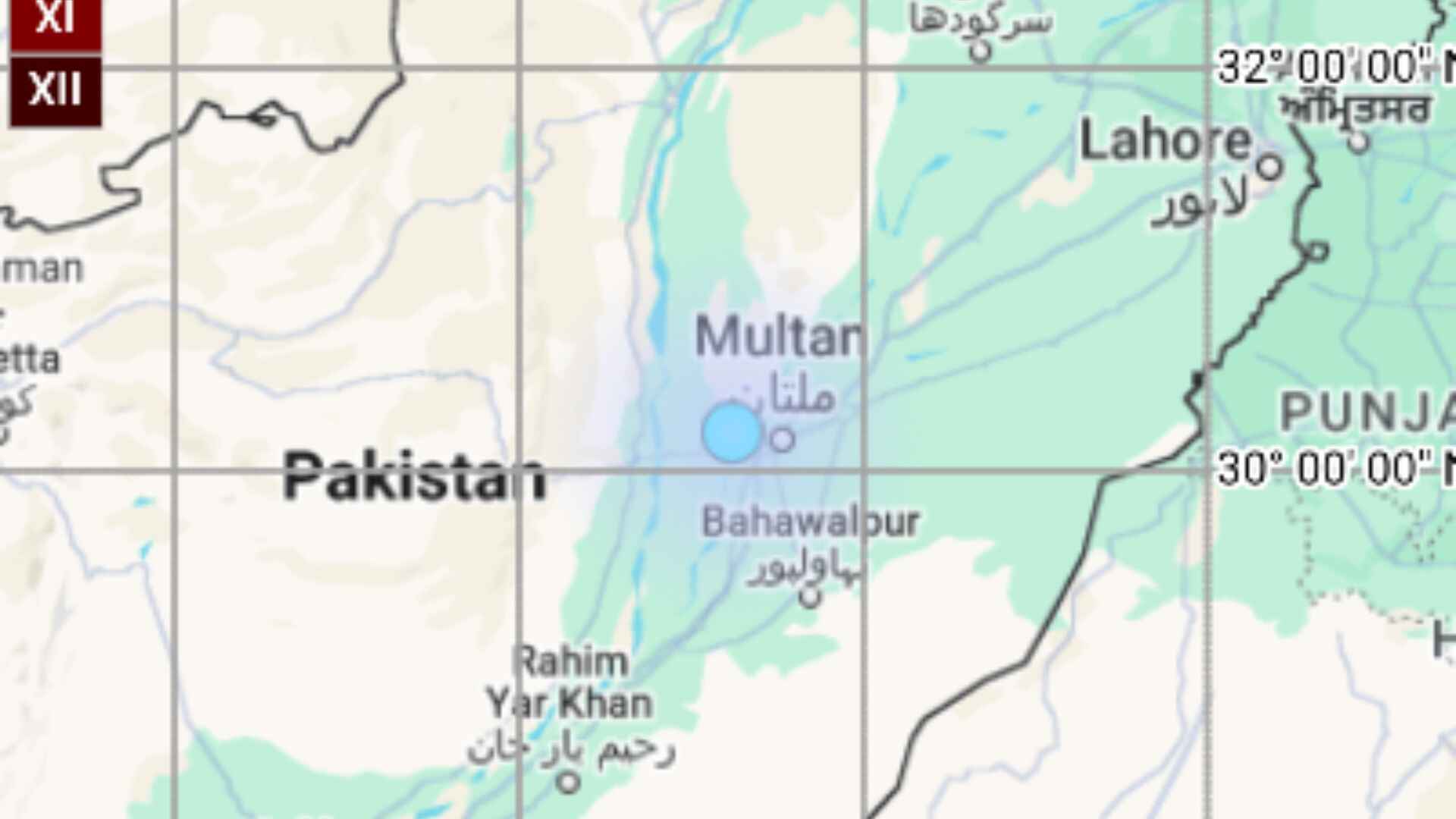Shiv Sena’s troubles appear to have begun after the 2019 Assembly election when the party decided to break away from its long-standing alliance with the BJP. The BJP emerged as the largest party in the state with 105 seats and its alliance partner, united Shiv Sena came second with 56. While the pre-poll alliance was comfortably placed to form a government and return to power, it fell apart on the back of issues like the seat-sharing arrangements and the chief ministerial position.
The Shiv Sena decided to ally with the NCP-Congress to form a government in the state, giving birth to the Maha Vikas Aghadi (MVA) alliance, comprising 152 MLAs (55 from Shiv Sena, down from 56, after the death of Shiv Sena MLA Ramesh Latke in May 2022, 53 from NCP, and 44 from Congress). The unlikely alliance also gave the state its first Chief Minister from the Thackeray family, Uddhav Thackeray. In the past, the family is known to have stayed away from positions in the government.
An alliance with the diametrically opposite Congress and NCP changed the brand of politics for the Shiv Sena as it appeared to move away from Thackeray’s father’s strong methods on the ground to mobilise the cadre and take the law into its own hands. Uddhav’s own unapproachability as CM also created troubles for the Hindutva party. The internal dissensions and by some accounts, the BJP’s political interventions, led not only to a break up of the MVA alliance but also a split in the Shiv Sena.
After much drama in June 2022 reaching as far as Assam and Gujarat, Sena leader and State Minister Eknath Shinde walked away from the party with 40 MLAs, reducing the undivided Sena’s electoral strength in assembly from 56 to 16. After stitching an alliance with the BJP, Shinde became the Chief Minister of the state, effectively taking the Sena, now called Babasahebanchi Shiv Sena, back to its former ally BJP.
